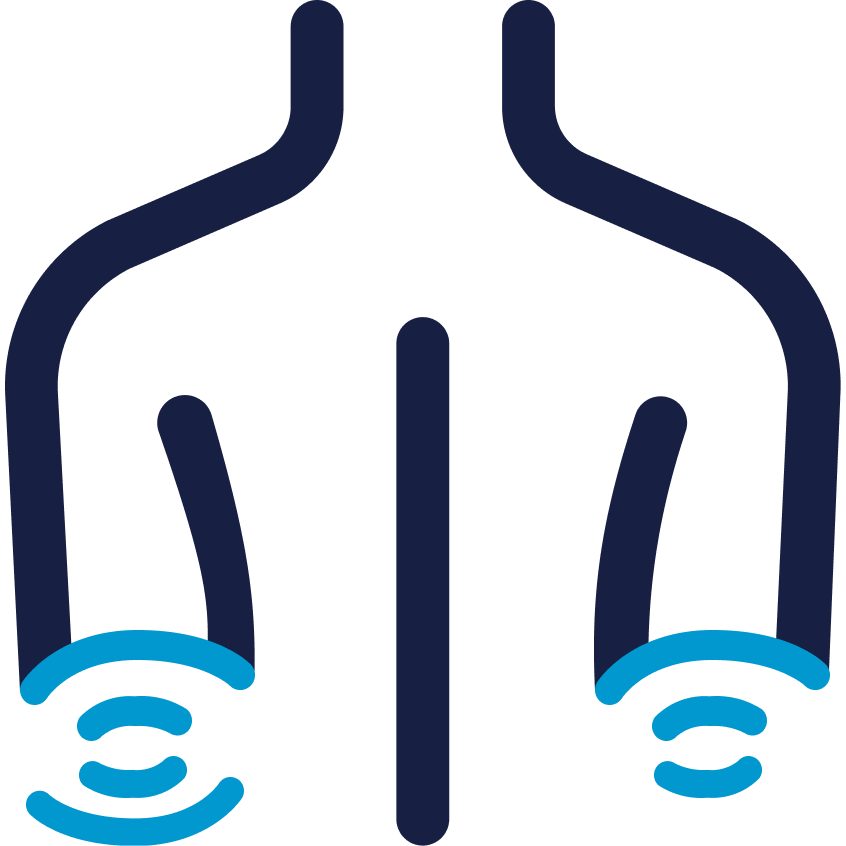
- Common Conditions
- /Elbow

Little Leaguer’s elbow is an injury to the growth plate on the inside of the elbow, which is known as the medial epicondyle. Growth plates are areas of long bones that are comprised of cartilage, the same soft tissue that makes up your nose and ears. This soft tissue is what ultimately allows for the longitudinal growth of bones as they develop and grow. Unfortunately, because it is made up of cartilage, the growth plate is the weakest part of a growing bone. In Little Leaguer’s elbow, stress to the medial elbow, or medial epicondylar growth plate, can cause injury.
The most common symptom of Little Leaguer’s elbow is elbow pain with a loss of velocity. The injury usually develops during an accelerated period of growth. Longer arms mean more torque, which, coupled with a weaker growth plate, can lead to damage. Therefore, any symptom of pain in a young thrower should result in cessation of pitching and rest. If the pain persists, then an evaluation by a trained orthopedic surgeon should be the next step.
Of course, to have an injury at the growth plate, one must be growing, so this injury typically occurs in young individuals who are rapidly developing. Overuse is thought to be the most common underlying cause of the injury; to that end, year-round baseball, playing for multiple teams, and not tracking pitch counts are the most common offenders. Most kids with this problem already know they are pitching and throwing too much, so they will often downplay their activity level. Once an individual stops growing, their growth plates close and are finally comprised of solid bone. At this point, excess stress on the medial elbow will cause ligament damage known as a ‘Tommy John’ injury. The most common age for Little Leaguer’s elbow is between 10-14 years old because most boys’ growth plates usually close by age 14, and they typically are not able to throw with enough velocity to cause an injury before age 10.
One word: education. With a better understanding of the pathology of this condition, we can stop the offending activities before they can cause injuries. Pitch counts, rest, rotating pitchers, and regular evaluation of throwing mechanics are critical. However, it is essential to know that even if you do everything right, a young boy can still develop Little Leaguer’s elbow. Once a diagnosis of Little Leaguer’s elbow is made, we will generally cast the elbow because it is tough to keep a preteen boy from throwing. We have found that the most effective way to enforce rest is with a long arm cast. Return to play is usually six to eight weeks, but can be longer. After the resolution of symptoms, coaches and trainers should initiate a throwing program as the player slowly returns to sport. Once the player has returned to sport, the constant evaluation of throwing mechanics is essential to ensure that the injury does not persist.



